The Purrfect Herb for Cats - How to Grow Catnip From Seed
Herb growing tipsLove your cat? Love gardening? Catnip is a match made in heaven! This easy-to-grow herb has been enjoyed by cats for centuries. One whiff of this fragrant herb and your cat will be purring. We'll explain the tips for growing catnip from seed for you and your cat to enjoy.
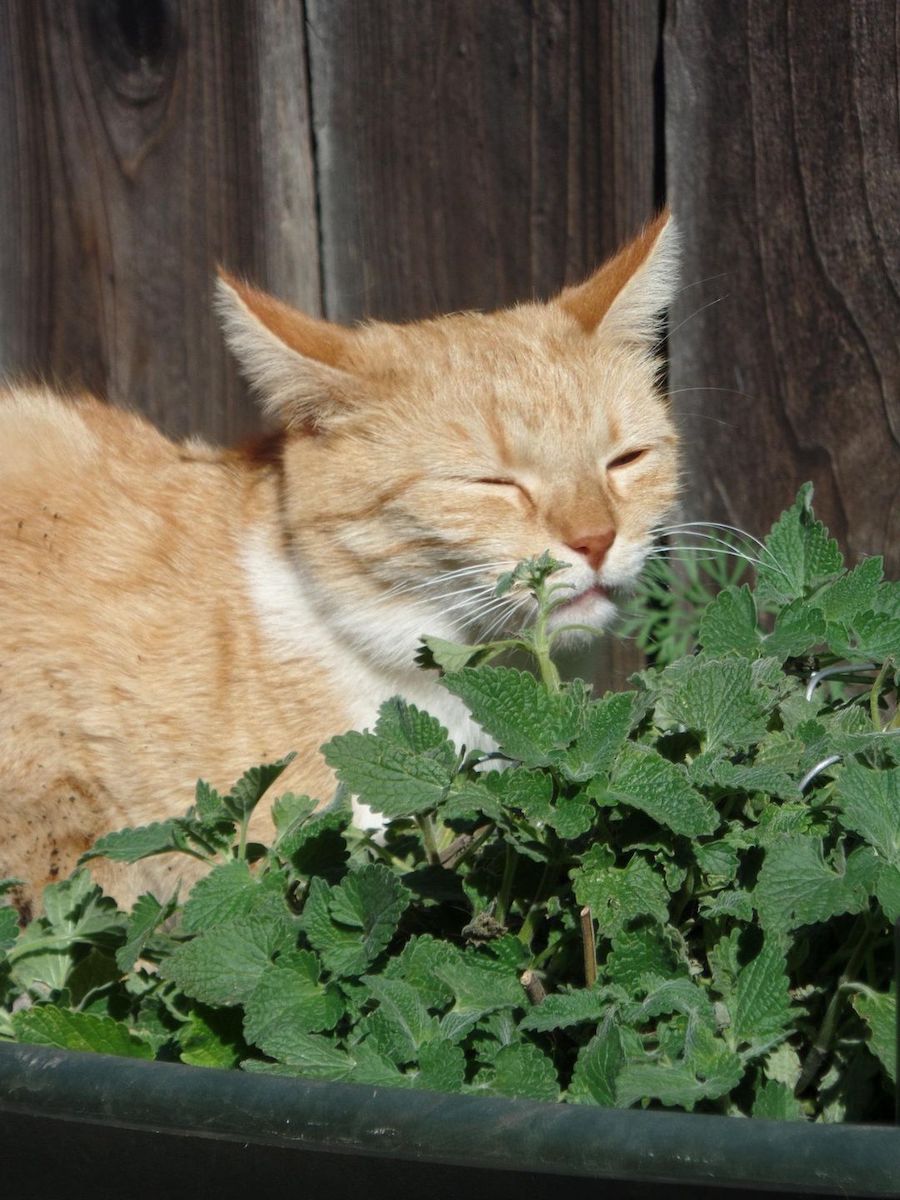
How to Grow Catnip From Seed
Growing fresh and pesticide-free catnip from seed is easy to do. Catnip is a perennial that grows well from seed both indoors and out. The most important tip for growing catnip is to cold stratify the seeds before planting. This is the vital step for getting catnip seeds to germinate.

How to Cold Stratify Catnip Seeds
Sprinkle catnip seeds onto a damp paper towel, fold the towel, and place it in a plastic bag. Put the bag in the refrigerator for 3 to 4 weeks. Label the bag with the date you started the cold stratification, so you will know when it is ready.
Cold stratifying mimics the natural process of winter on the seeds. This breaks their dormancy, and when they warm back up, they will be ready to grow.
Planting Catnip Seeds
Once the seeds have gone through their cold storage, catnip can be planted indoors or outside.
- Plant seeds 1/8” deep.
- Soil temperature between 60 - 70ºF is ideal for germination.
- Water by misting at first until the seeds start to sprout. Take care that the seeds don’t dry out too quickly. Seeds need to stay moist but not waterlogged to sprout.
- Once the seedlings are growing, continue to keep the soil moist with less frequent but deeper watering. Don’t let the soil dry out completely between watering.

Growing Catnip Plants
Catnip can be grown outdoors or indoors in a container. You can transplant catnip seedlings once they are several inches tall with two sets of true leaves.
Acclimate catnip seedlings to outdoor conditions before transplanting to prevent transplant shock.
Sun
Healthy catnip plants enjoy a sunny location (just like cats!). They can grow in full sun to partial shade. If growing catnip indoors, place it in a south or southwest-facing window. The more sunlight it receives, the more vigorous it will grow. If your indoor plants get leggy, you can provide additional light by using grow lights.
Soil
Catnip can grow in a variety of soils as long as it drains well.
Water
Water young plants frequently to keep the soil moist but not waterlogged. Once the plants have well-established roots, they will be drought-tolerant.

Additional Catnip Growing Tips:
- Keep the seedlings away from your cat until the plants are big enough to be enjoyed.
- Catnip is like other herbs and needs to be pruned to encourage more leaf growth instead of going to seed. Regular pruning will also keep it in a more compact plant.
- Like other mint plants, catnip can spread vigorously, so planting in containers is a great way to keep it contained.
Ways to Use Catnip
Picking leaves from a fresh catnip plant is the most effective way for cats to enjoy catnip. The scent is most potent when the leaves are freshly crushed, and your cat will be more affected by it.
Catnip can also be dried and then crushed to sprinkle on food or put into cat toys.
Both fresh and dried catnip can be rubbed on toys or scratching posts to increase a cat’s interest.
You can rub it on their bed or the crate you want them to enter.
Dried catnip loses its potency over time, so growing a fresh plant will ensure you always have some available for your feline friends.
Grow catnip and make your cat happy!

How Catnip Affects Cats
If you've ever watched a cat responding to eating catnip, it's no wonder where it got its name.
When a cat smells or eats catnip, it will roll around, purr, be extra affectionate, or run around and be very excited. Some cats may respond by being very still or acting like they are sedated.
The special ingredient that has cats reacting this way is Nepetalactone. It is a natural chemical in the leaves of catnip, and this heady “drug” triggers a euphoric feeling in cats.
While most cats will respond in some way to catnip, it doesn’t affect all cats in the same way or to the same degree.
Sensitivity to catnip is determined by genetics and is inherited. Kittens aren’t affected until they are between 3 and 6 months old, so if your cat is still young, you'll have to wait and see if catnip is something they enjoy.
Once a cat has eaten or smelled catnip, the effect will last about 10 minutes and then wear off gradually. After they've had their euphoria, your cat will need to take a break before the catnip will affect them again.
It could take at least 30 minutes and up to 2 hours before it has worn off enough that they will respond again.
While catnip is not harmful to cats, it does create a behavioral response. And so, the ASPCA includes it on its list of toxic plants for cats.
Catnip for Dogs
Despite its name, catnip is also okay for dogs. It has a sedative effect on dogs and can be used to calm them when they are anxious in stressful situations.
Catnip vs Cat Grass
Cat grass is a much different treat for your cat. It's a sweet-tasting and healthy grass that doesn’t affect your cat’s behavior. Learn more about how to grow your own cat grass with Sow Right Seeds.
Catnip FAQs
How long do catnip seeds take to sprout?
Once catnip seeds have been cold-stratified, they will germinate in 7 to 21 days.
Does catnip come back every year?
Catnip will die back to the ground in the winter. But the plant will send out new shoots when warm weather returns in the spring.
Does catnip spread?
Catnip is a member of the mint family, and it spreads underground through rhizomes. Growing catnip in containers is a great way to keep it contained.
Is catnip hard to grow from seed?
Once you stratify your catnip seeds, they will not be hard to grow. Follow these tips, and you'll soon have a successful harvest of leaves.
Start growing catnip in your garden and make your feline friends purr in appreciation.
Written by Beverly Laudie


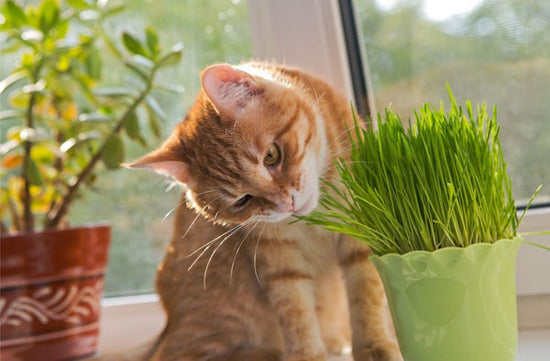


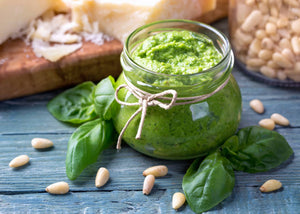

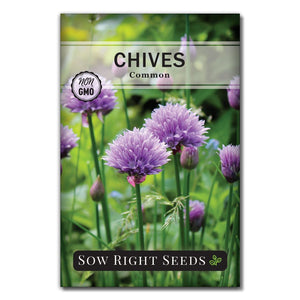
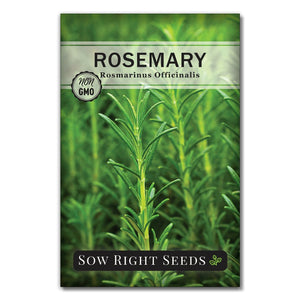
Leave a comment